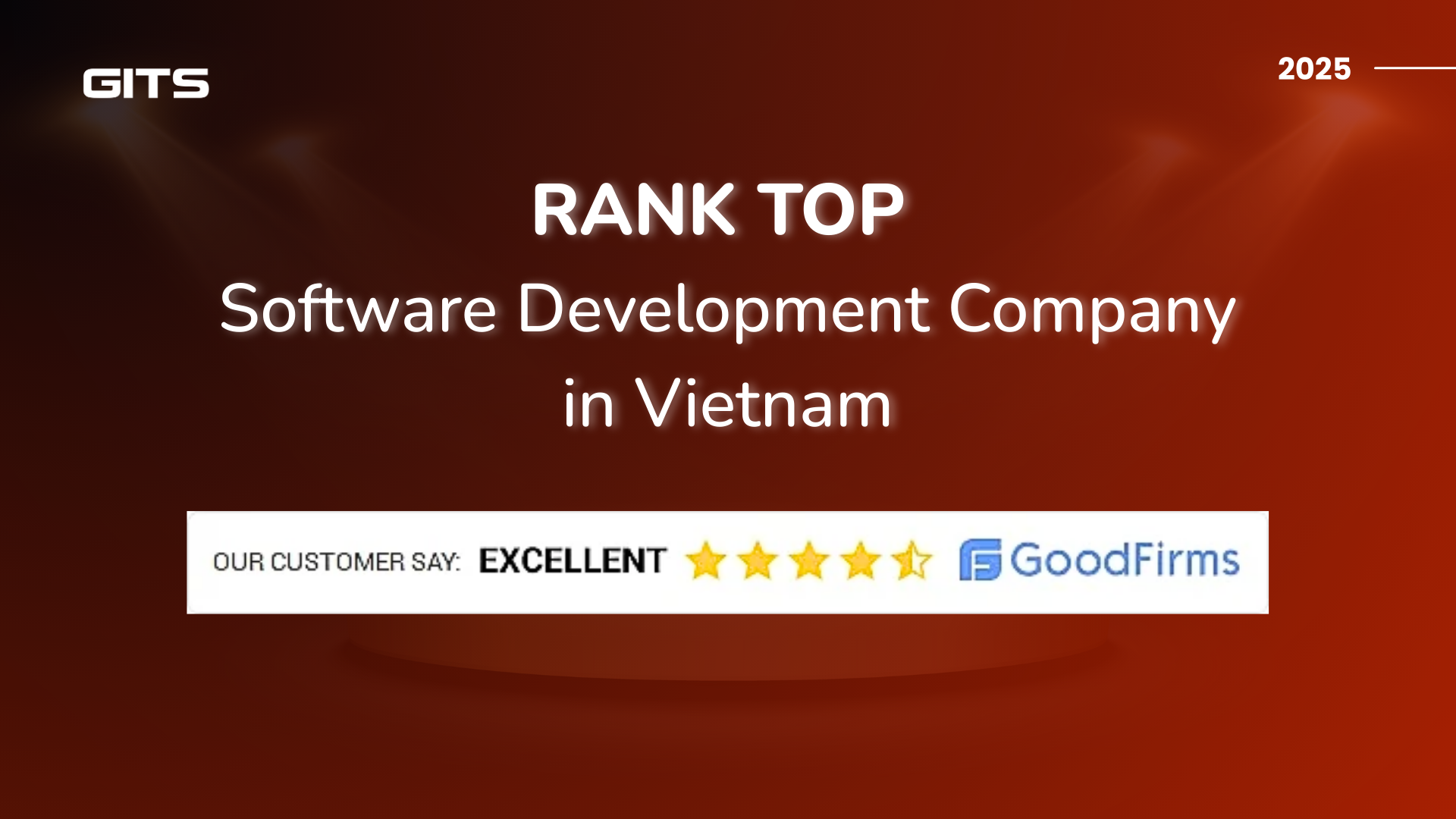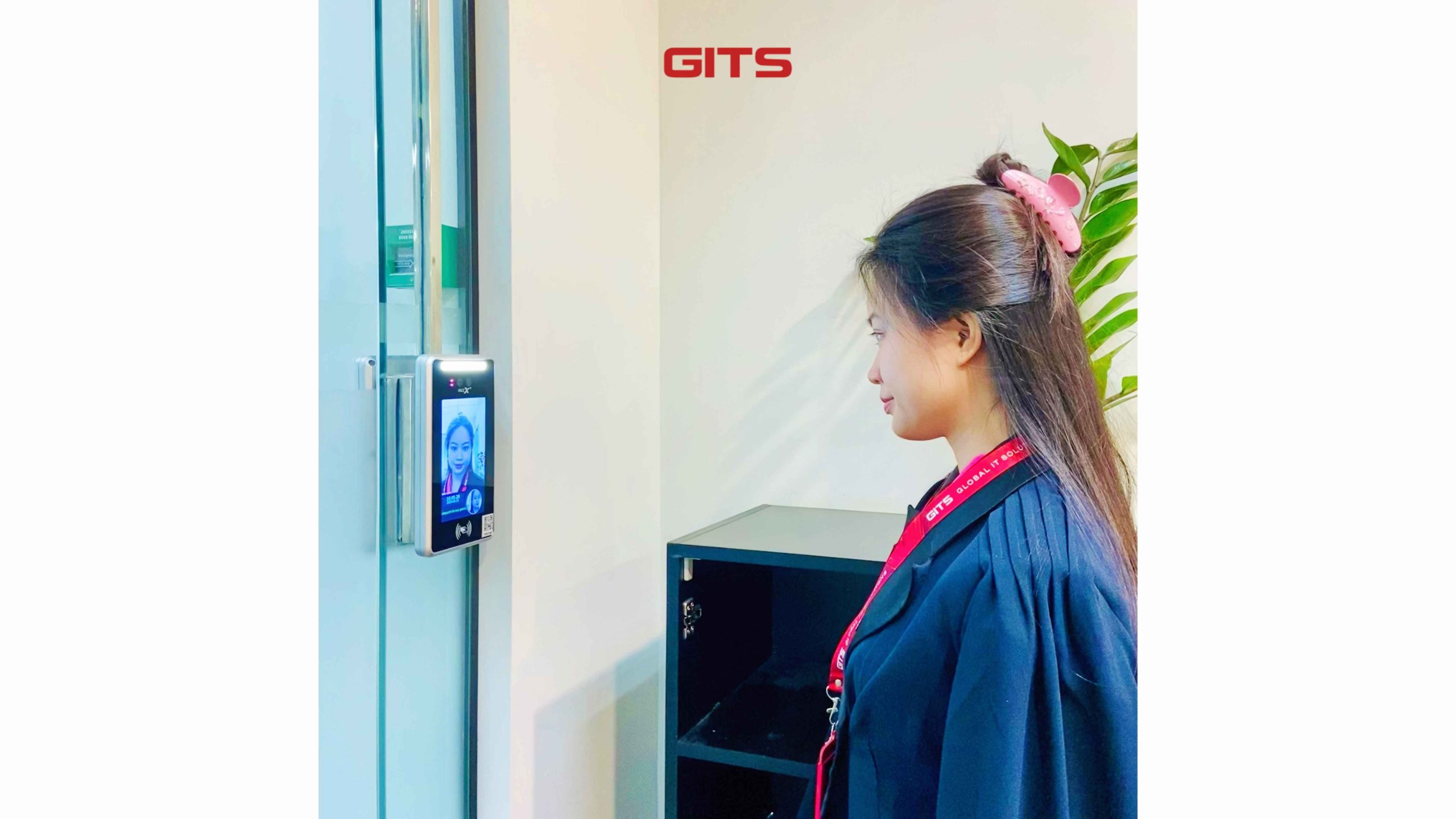Generative AI has quickly become one of the most transformative forces in the tech world. From creating human-like content and assisting in software development to automating complex workflows, this technology promises to redefine how businesses innovate.
However, while the potential is enormous, many companies are still struggling to turn AI ideas into tangible outcomes. The challenge isn’t about building the smartest model — it’s about bridging the gap between innovation and execution. Without a structured roadmap, even the most advanced AI initiative can end up as just another “cool demo” that fails to deliver real value.
To make Generative AI truly work in your company, need a clear, outcome-driven approach. Here are three key steps to move from concept to successful implementation.
Step 1: Start with the business problem — Not the technology
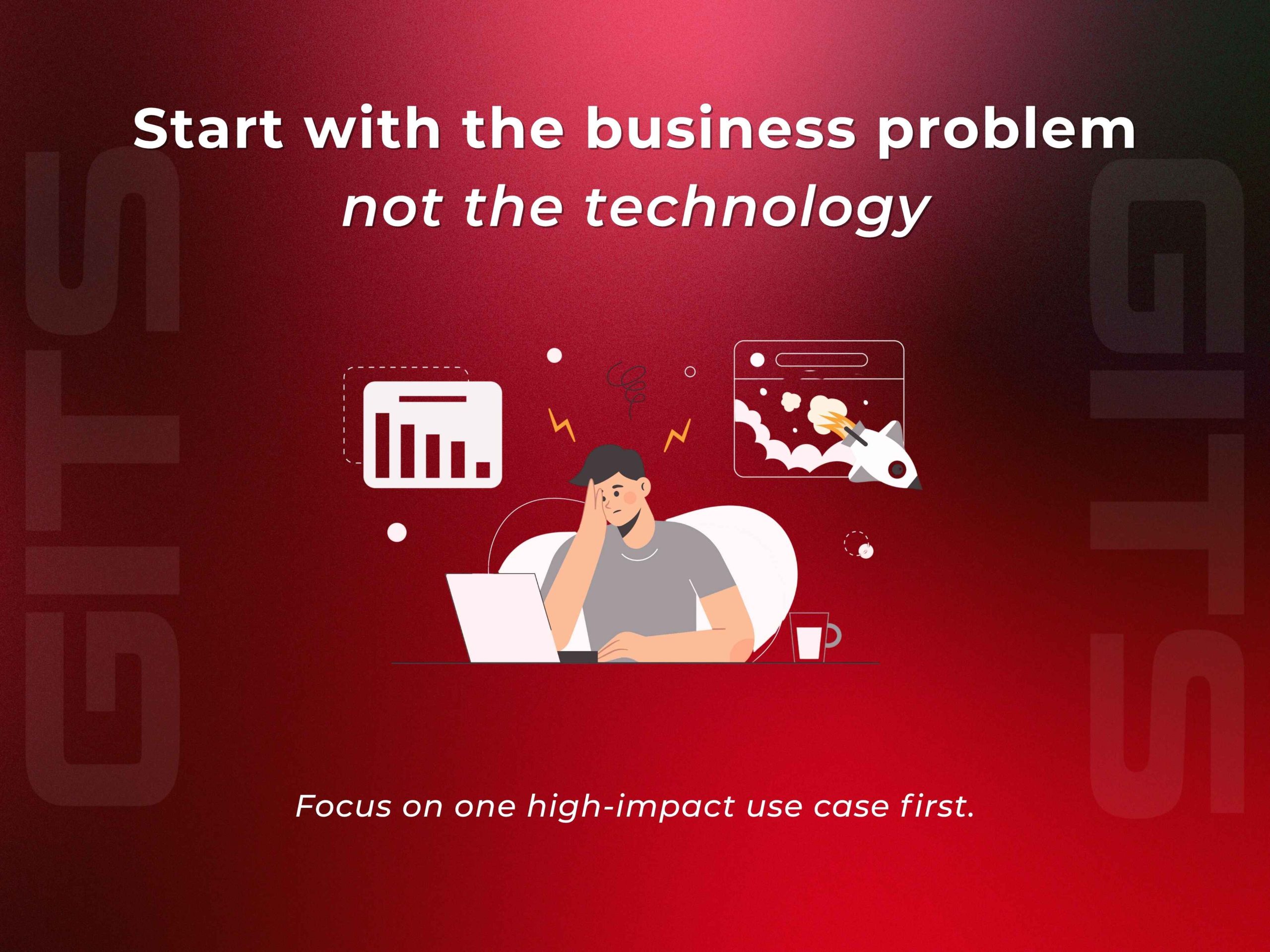
One of the biggest mistakes in AI adoption is starting from the technology rather than the business challenge. Too often, teams ask “Which model should we use?” when they should be asking “Which pain point can AI help us solve?”
The first step toward success is to identify specific, measurable problems that AI can improve. For example, your development teams might be spending countless hours creating repetitive documentation, your customer support staff might be overwhelmed by similar queries, or your project managers might be struggling to consolidate scattered information.
Generative AI can address these inefficiencies by automating document generation, generating intelligent summaries, and assisting with repetitive communication tasks. Yet, instead of spreading resources too thin, companies should focus on a single, high-impact use case to begin with — something small enough to test quickly but significant enough to prove the technology’s value.
Ultimately, success comes not from “having AI” in your system, but from making your system smarter with AI.
Step 2: Build a strong and reliable data foundation
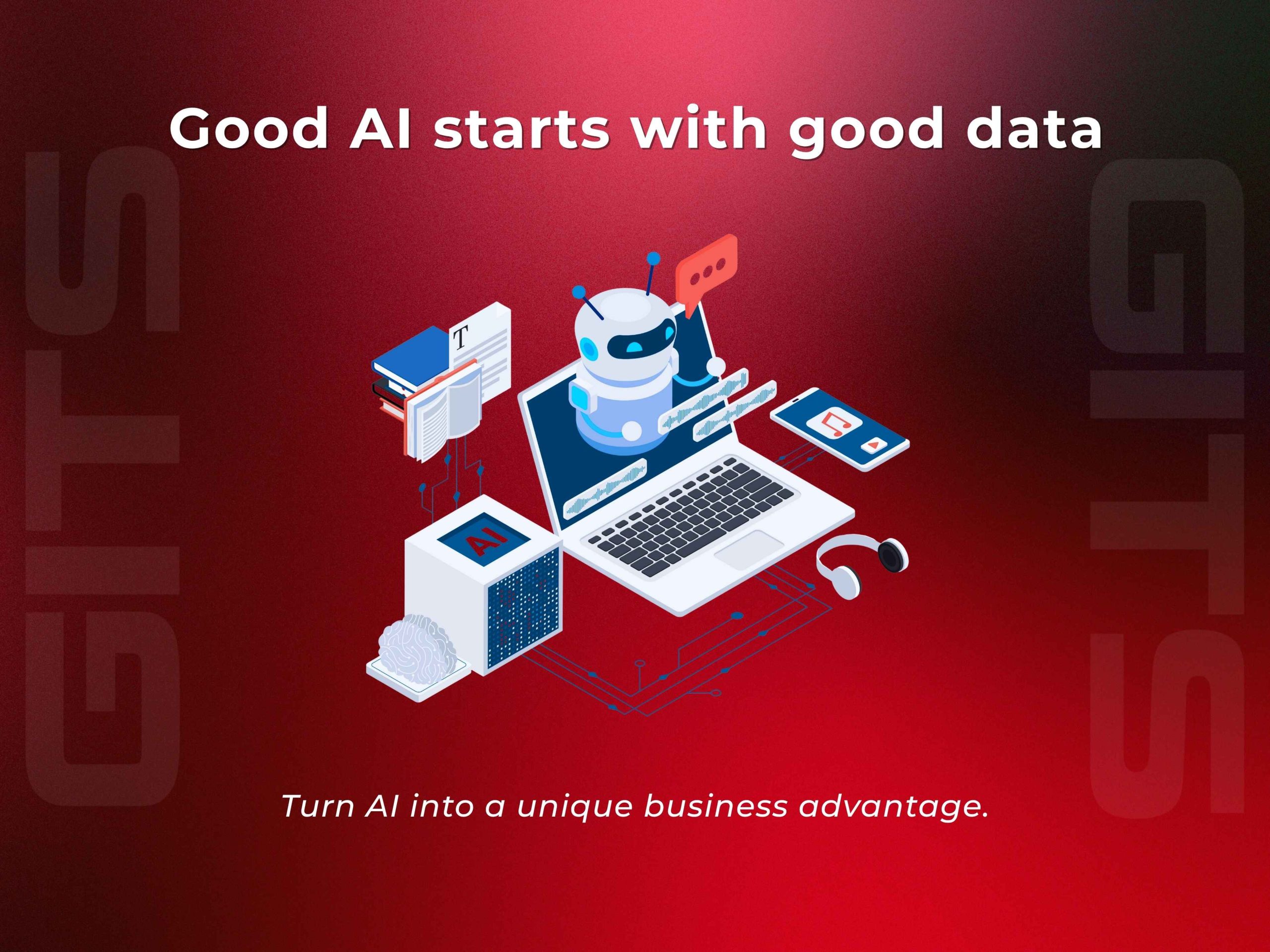
Generative AI systems thrive on data — but only if that data is accurate, complete, and contextually relevant. If your organization’s data is inconsistent or fragmented, the output will inevitably be unreliable.
To ensure effectiveness, companies must invest in data readiness. This means consolidating and cleaning data across platforms like CRM, ERP, or internal systems such as WMS, PMS, or OMS. Each dataset should be properly structured, tagged with metadata, and formatted for AI models to interpret context correctly.
Equally important is data security. Sensitive business information must be protected, and access controls must be defined clearly to prevent misuse. Once your data is properly standardized, you can fine-tune Generative AI models based on your company’s unique context.
Imagine training a model using your own technical documentation, source code, or customer interactions — it would generate results that reflect your business language, processes, and values. That’s what turns AI from a generic tool into a proprietary asset that drives real business differentiation.
Step 3: Start small, measure fast, and scale smart
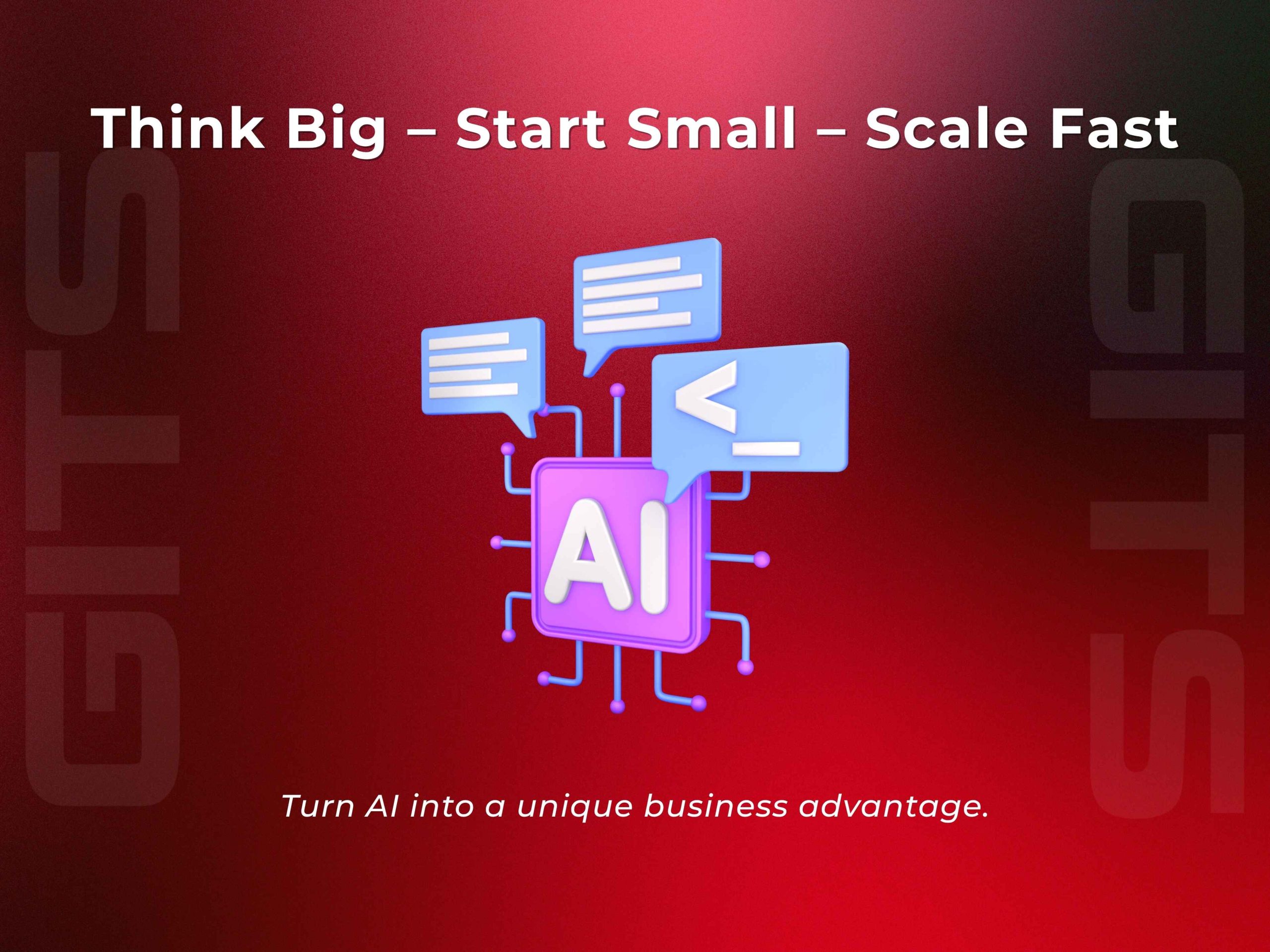
Once you’ve defined your problem and prepared your data, it’s time to put Generative AI into action. The secret to doing this effectively can be summarized in one phrase: Think Big – Start Small – Scale Fast.
Rather than launching massive, resource-heavy projects, start with a pilot program that focuses on one well-defined goal. For instance, create an internal chatbot that helps engineers find project information faster, or deploy Generative AI to automatically generate marketing content or product descriptions.
The next step is to measure performance continuously. Set clear KPIs such as time saved, error reduction, or productivity gains. Collect feedback from users and refine the model accordingly. Once the pilot demonstrates measurable success, you can confidently expand AI adoption to other departments or integrate it directly into your digital products.
This agile, data-driven approach not only minimizes risk and cost but also builds a culture where employees trust AI, embrace experimentation, and innovate collaboratively.
From idea to transformation
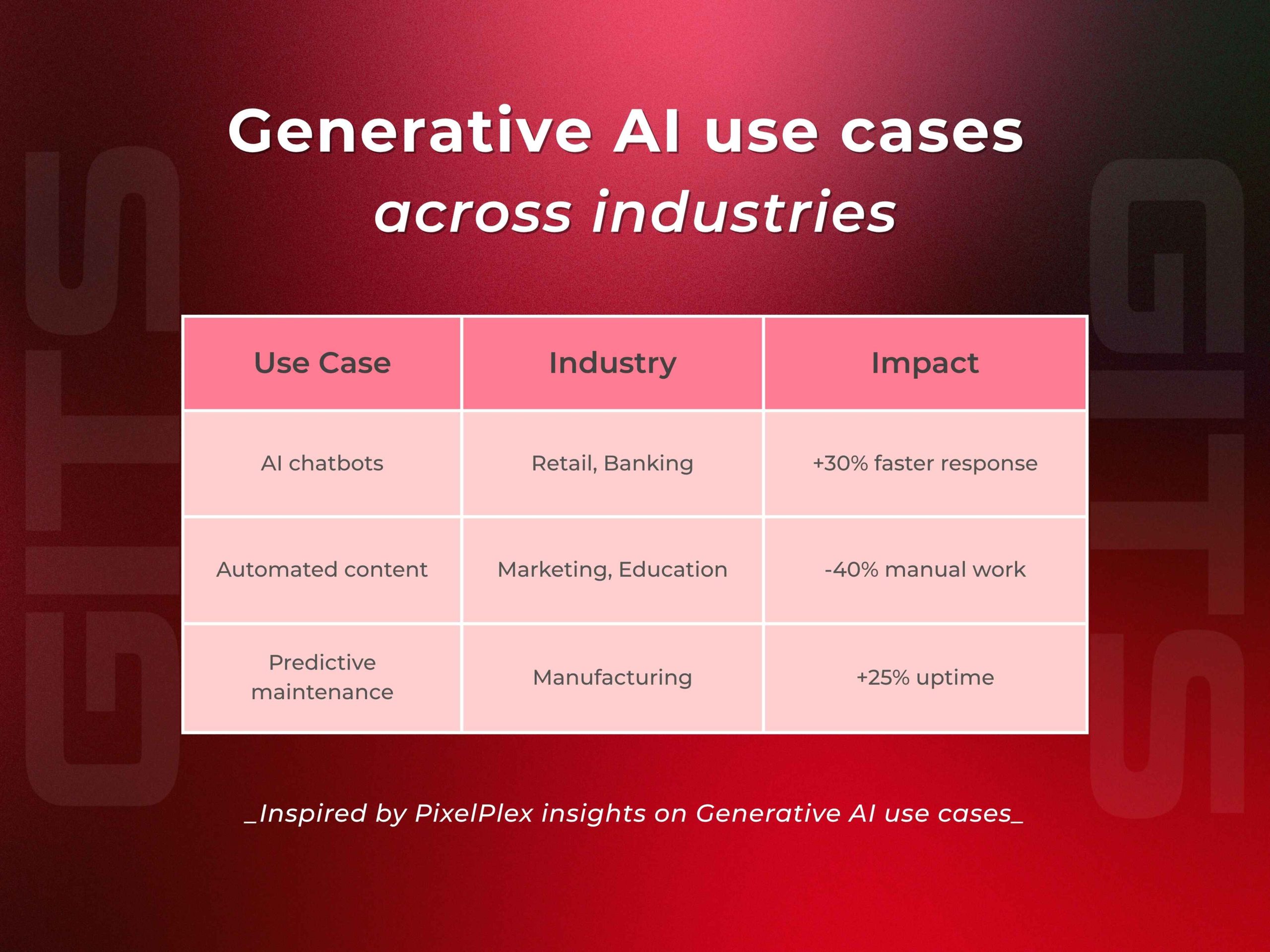
Generative AI is more than just a technological revolution — it’s a shift in how your company creates value, improves efficiency, and competes globally. But success doesn’t come from adopting AI for the sake of the trend. It comes from integrating AI strategically, guided by business goals and powered by quality data.
When companies start with real problems, build a strong data foundation, and scale intelligently, Generative AI evolves from a concept into a catalyst for innovation and sustainable growth.
Empower Your AI Transformation with GITS
At GITS, we help technology-driven organizations turn AI ambition into business results.
From data standardization and model integration to customized AI-driven solutions, we combine deep technical expertise with practical experience to ensure your Generative AI initiatives are not just experimental — but impactful.
Whether you’re looking to pilot your first AI use case or scale enterprise-wide adoption, our experts are ready to help you transform innovation into measurable outcomes.
Partner with GITS to make your Generative AI strategy a success — one step at a time.









